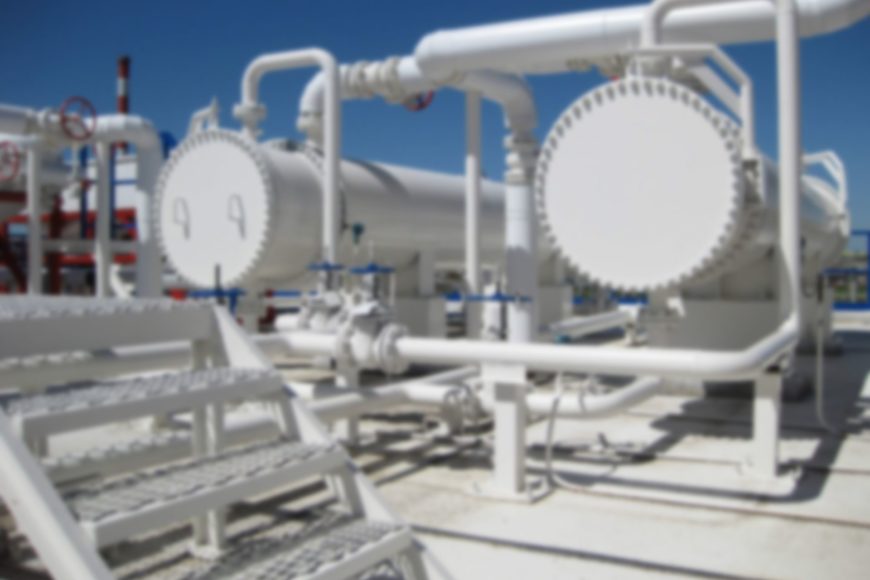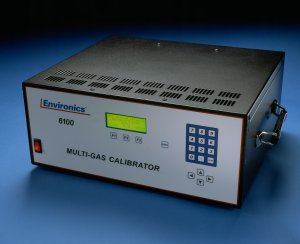
Ozone (O3) is subcategorized into three primary groups; stratospheric, tropospheric, and artificially-manufactured ozone. Stratospheric ozone is a naturally-occurring substance that forms in the upper stratosphere, up to sixty miles above the earth’s surface. Ultraviolet (UV) rays cleave oxygen (O2) molecules into individual atoms, and when these free atoms bind to whole O2 molecules, ozone is formed. This is the desirable category of the gas that protects the earth’s surface from the most harmful radiation of the sun.

Ozone calibration is conducted to guarantee the precision of ambient air analyzers, and to ensure that manufactured ozone is traceable to desirable standards. These two primary applications of ozone calibration are chiefly concerned with tropospheric and artificially-manufactured ozone.
This blog post will explore the performance of ozone calibration in more detail.
Ozone Calibration: Series 6100 Multi-Gas Calibrators
Tropospheric ozone does not occur naturally. It has arisen as a direct result of manmade chemical processes that cause O3 to develop within our immediate atmosphere; the troposphere. Ground-level ozone is a pollutant that can cause respiratory damage to animals and humans, while also inhibiting the photosynthesis process of certain flora. It is similarly produced when emissions containing hydrocarbons and nitrogen oxides (NOx) react with UV rays in the lower atmosphere.
Ambient air analyzers are typically subjected to ozone calibration as part of a multi-point gas calibration process. The primary difference is that gases like nitrogen (N) and carbon dioxide (CO2), which are common components of ambient air, are introduced to the calibration system from external sources and mixed as appropriate. Ozone calibration tools from Environics utilize an internal ozone generator that is pressure-compensated to ensure repeatable results. This enables users to precisely specify their ozone concentration as low as 2 parts per billion (ppb). This exceeds the US Environmental Protection Agency’s (EPA) criteria for ozone transfer standards and meets 40 CFR Part 58, Appendix A requirements at NCORE and trace site. Alongside emissions monitoring and general air quality testing, ozone calibration is important in the production of artificial ozone for disinfectants, pesticides, and intermediate gases.
Environics offers the Series 6100 Multi-Gas systems for state-of-the-art gas and ozone calibration of ambient air analyzers and ozone sensors in production facilities. The series of instruments guarantees linear ozone generation without photometer control. The Model 6103 also contains internal photometer control that can control the internal ozone source or can analyze external ozone sources in real-time. This enables simultaneous gas mixing, while the user-friendly screen displays independent monitoring of the external ozone source.
Ozone Calibration with Environics
Environics specializes in gas calibration equipment for a broad range of application areas. Our Series 6000 Multi-Gas Calibration systems have been effectively utilized to calibrate ambient air monitors and to optimise environmental and industrial monitoring.
If you have any more questions about performing ozone calibration with Environics instruments, please do not hesitate to contact us directly.

